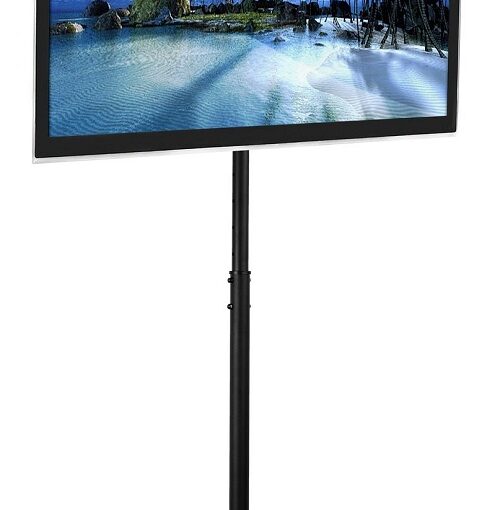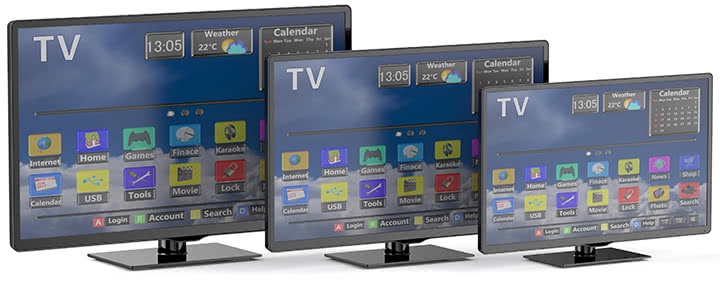As recently as just a few years ago, consumers needed a different monitor or screen for watching movies, for playing video games, or for watching television and for computing. That’s no longer the case. An LCD TV in the UK with a TV tuner allows you to enjoy virtually all your entertainment and audio-visual devices from one location, saving you space and money. If you live in university housing or a small flat, or if you just want to save space, an LCD TV in the UK with a built-in TV tuner is a simple way to accomplish all those goals.
Here’s an example of how versatile a UK LCD TV with a TV tuner can be: you combine video from a PS2, an Xbox 360, cable TV, a DVD player, and the PC – all into one LCD monitor. You can watch TV with picture-in-picture mode while you work on your computer, then with a touch of a button switch over to playing an Xbox or PS2 game. Finished with the game? Toggle back to the TV feed or to your computer.
Here’s an important consideration: many standard LCD monitors will accept television feeds through appropriate cabling, but you’ll need a cable box or cable converter to decode digital-TV signals. A UK LCD TV with a TV tuner overcomes that hurdle. Space limitations (for instance, determining where you have room to put the cable box) is a good reason to have the tuner built into the television. Also, if the tuner is built into the monitor, you’ll only need one remote control.
Keep in mind that an LCD TV UK with a TV tuner built in will cost approximately 20 percent more than a monitor without a TV tuner.
Here are some examples of some models of LCD TV UK you can purchase that come complete with TV tuners:
1. Sony TV Tuner/Monitor MFM-HT75W – UK version: A flat panel LCD monitor with a 17” widescreen display, this model offers Digital S-video inputs, is HDTV capable, and has a remote control.
2. Sony TV Tuner/Monitor MFM-HT95 – UK version: A flat panel LCD monitor with a 19” widescreen display, it is HDTV capable, has Digital S-video inputs, an SXGA display, and a remote control. Average retail price is approximately $720.
3. Philips 17PF8946 17″ Widescreen HD-Ready Flat-Panel LCD TV UK with PC Input: A flat panel LCD with a built-in tuner, it also has a built-in FM tuner and built-in speakers.
4. Magnavox 15MF605T/1 15″ HD-Ready UK LCD TV with HD Component Video and PC Inputs: A flat LCD panel with a built-in tuner, the small size of this monitor makes it a great fit for tight spaces. It allows picture-in-picture viewing along with built-in speakers, and even comes with a V-chip for parental viewing controls.
Where can you find an LCD TV in the UK? Major retailers like Curry’s and Richer Sounds carry a large selection LCD TVs in the UK. You can also try online electronics retailers, and frequently can find great deals at online auction sites like ebay.co.uk.

